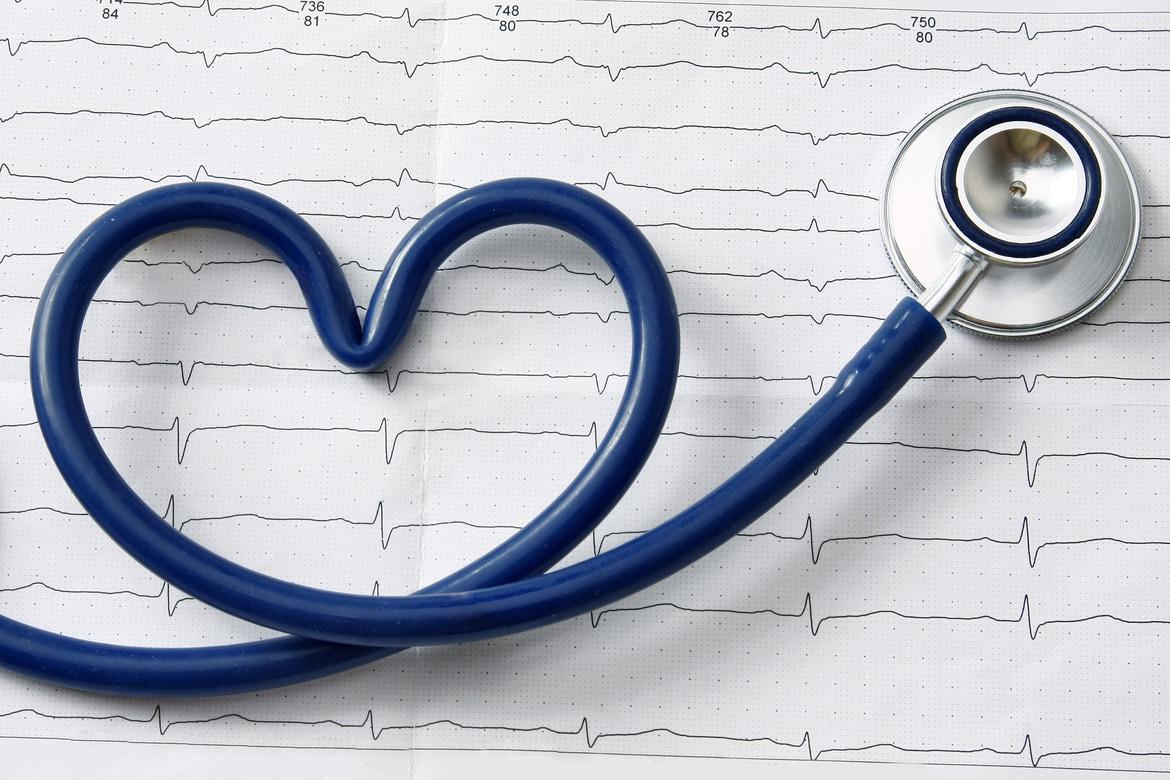What is magnetic resonance imaging (MRI)?
Magnetic resonance imaging (MRI) is a medical imaging technique that uses magnetic field and radio waves to generate images of the body. It can produce detailed images of the body organs in thin sections and 3-dimensional views.
Unlike X-ray and computed tomography (CT) scans, MRI:
- Is a painless and non-invasive diagnostic tool
- Does not involve radiation
- Does not have any known side or after effects
- Can be performed on different parts of the body, but is commonly used in imaging the nervous system and soft tissues like the heart
Comparing MRI with other magnetic resonance imaging tests
Other types of magnetic resonance imaging tests include magnetic resonance arthrography and cardiac magnetic resonance angiography (cardiac MRA).
Magnetic resonance arthrography shows better images than an MRI. A contrast solution called gadolinium is given to swell the joint, outline joint structures and show any soft tissue tears and defects.
Cardiac MRA produces high-resolution images of your heart and nearby blood vessels:
- The detailed information provided can help explain or clarify the results of other tests, such as CT scans and X-rays
- In some cases, a special contrast dye, may be added to your bloodstream to make your blood vessels easier to see
Your doctor may ask for a cardiac MRA:
- To find the cause of heart failure
- To identify tissue damage due to a heart attack
- If they believe that you are at risk for heart failure or other heart diseases
Why do you need an MRI?
An MRI scan produces superior images in imaging soft tissues as compared to other imaging modalities.
MRI is widely used in diagnosing various diseases and disorders related to:
Head
MRI can detect:
- Brain tumours
- Dementia
- Developmental anomalies
- Infection
- Multiple sclerosis
- Stroke
- Traumatic brain injury
- Other causes of headache
Vascular disease
MRI can detect:
- Aneurysms
- Arteriovenous malformations
- Blockages of the blood vessels
- Carotid artery disease
Spine and musculoskeletal disorders
MRI is sensitive to changes in cartilage and bone structure resulting from injury, disease or ageing.
It can detect:
Your doctor will recommend the most appropriate imaging option for you based on your symptoms.
Benefits of an MRI scan
An MRI procedure provides the following benefits:
- It is a safer and non-invasive alternative to a X-ray angiography for the diagnosis of diseases of the heart and the brain.
- It is used to find and evaluate injuries to soft tissues, joints and spine.
- It helps in the planning and preparation of certain surgeries including awake craniotomy (brain surgery to remove brain lesions) and deep brain stimulation surgery.
What are the risks and complications of an MRI?
Some MRI risks include:
- An undetected metal implant which may be affected by the strong magnetic field.
- Possible effects on early pregnancy. MRI is generally avoided in the first 12 weeks of pregnancy. Unless there is a strong medical reason to use MRI, your doctor may use other methods of imaging, such as ultrasound, on you if you are pregnant.
How do you prepare for an MRI?
Inform your doctor if you:
- Are pregnant or suspect yourself to be pregnant.
- Have claustrophobia or fear of confined spaces. Highlight this when making an appointment. Your MRI scan may be performed under sedation. You will need to fast if sedation is required.
- Have medical devices or implants in your body. They include the following:
- Cardiac pacemaker or defibrillator
- Clips, staples, screws, rods or plates
- Electronic stimulator
- Implantable pump
In most cases, surgical staples, plates and screws that have been in place for more than 4 weeks pose no risks during an MRI. Bring along the device or implant information card (if any) during your scan appointment.
What can you expect in an MRI?
MRI is a completely non-invasive procedure and there are no known side effects. The procedure is painless.
Estimated duration
The procedure takes 30 – 45 minutes for one body region.
However, it may take longer if:
- Contrast injection is required
- Multiple body regions are to be scanned
- There is a need for complex studies
- You are under sedation
Before the procedure
You will be asked to:
- Change into a gown and remove all loose items such as jewellery, watch, keys, coins, smartphone, wallet and cards. Do keep your personal belongings in the locker provided.
- Fill in a questionnaire about your medical history. Indicate on the questionnaire if you have any medical device/implant or aesthetic procedures performed such as permanent eyeliner, magnetic eyelashes and skin tattoo. The radiographer will go through the questionnaire with you and explain how the scan will be performed.
During the procedure
You can expect the following during the procedure:
- You will need to lie on the scan table. Headphones or ear plugs will be provided to you. A call bell/button will also be provided in case you need to call the radiographer during the scan.
- The body region to be examined will be covered by a coil which acts as signal receiver.
- The scan table will move into the magnet bore or tunnel so that the scan region is positioned at the centre of the magnetic field. There will be intermittent knocking and humming sounds throughout the scan. This is caused by the changes in gradient fields in the magnet.
- You will need to remain still during the scan. Any body movement will cause blurry images and the scan will have to be repeated.
- You should not feel any discomfort during the scan. However, some patients may feel warm after some time in the magnet. This is normal but if it bothers you, you can press the call bell and inform the radiographer.
- Sometimes, your doctor may order your MRI scan with contrast injection. A contrast medium acts like a dye when it is injected into your blood vessel. It helps to delineate the body organs and soft tissues for better visualisation.
- Allergic reaction to MRI contrast is extremely rare. If you feel any discomfort after the contrast injection, inform the nurse or radiographer immediately.
Care and recovery after an MRI
You can leave the hospital after the scan and proceed with your day as usual.
If you were sedated for your MRI scan, the nurse would monitor you for a short period of time. You can leave once you are assessed to be fit to be discharged.






